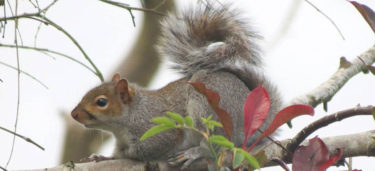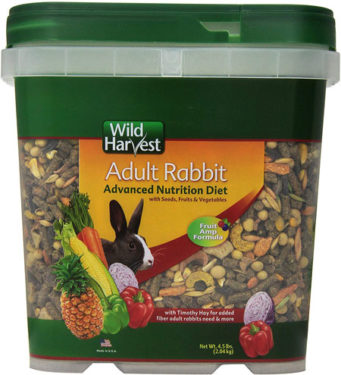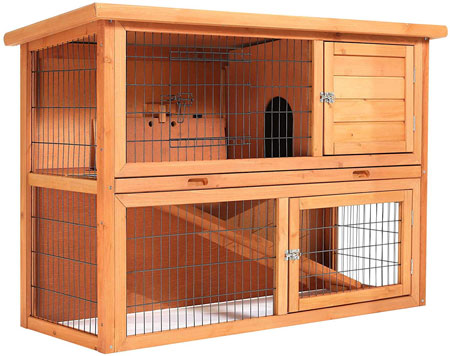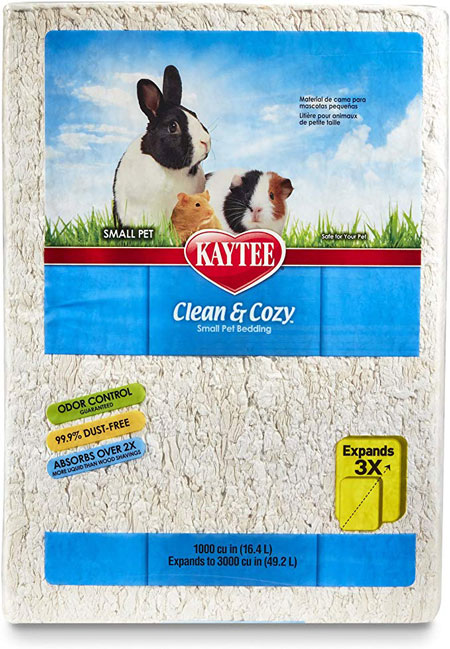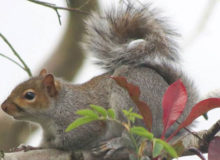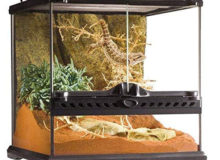What do rabbits eat – how to look after your pet rabbit
 If you are thinking of looking after a pat rabbit you will need the basics to keep them happy and healthy – what do rabbits eat, rabbit behaviour, bedding and caging etc.
If you are thinking of looking after a pat rabbit you will need the basics to keep them happy and healthy – what do rabbits eat, rabbit behaviour, bedding and caging etc.
Rabbits are incredibly adaptable creatures that have been kept as pets for years. They are relatively low-maintenance when compared to other animals that are kept as pets, and they can become very attached to their owners.
Keeping a pet bunny is different than a dog or cat because they have special needs. By meeting and exceeding all of their dietary and environmental needs, you’ll have a bunny that is happy, content and that will live a long, healthy life.
Wild harvest Adult Rabbit – Advanced Nutrition Diet – Available from Amazon Here…
What Do Rabbits Eat in the Wild?
Typically, wild rabbits will eat grass, weeds, clover, flowers and vegetable plants when the weather outside is warmer and has an abundance of these options. However, when the weather turns cold, wild rabbits can be found munching on bark, twigs, remaining green plants and conifer or pine needles.
Wild rabbits typically burrow in order to stay warm and provide a safe space for their young. They will naturally have smaller or fewer litters when food is scarce, which ensures that they and their young will have enough to eat when the weather outside begins to warm up.
When a wild rabbit begins to have their young, they will normally leave them in the nest for the majority of the day. They may only visit the young at dawn and dusk, which is done as a protective measure to prevent predators from seeing the rabbit entering their nest. If you happen to come upon a nest of baby rabbits, it is often best to leave it alone and just keep an eye on any activity.
More than likely, you’ll see the adult rabbits going into the nest when the sun begins to go down or rise in the morning to care for them. It’s important to avoid chasing wild rabbits in an attempt to catch them. There are many pet supply shops and adoption agencies that have domesticated bunnies that you can easily and safely keep as pets.
Quality two storey rabbit hutches available on Amazon here…
Keeping a Pet Rabbit – The Basics
Bunnies make amazing pets because of how easy they are to care for and how adaptable they are. In fact, many people keep their rabbits out in the home with them because of how much they’ve bonded with them. Keeping a pet rabbit does take some time to prepare for.
Unlike a cat or dog, your free range bunny can chew into wiring and cause quite a problem for the electricity in your home. They can also chew into wood trimming, furnishings and other materials. Because of this, you’ll want to make sure that your house is fully prepared for your new pet bunny and that you know how you are going to care for it.
It is also just as important to have a rabbit-savvy veterinarian who you can trust with their care. For the most part, rabbits are self-sufficient and can live a long and healthy life with the proper diet and environment. However, there may come a time when they need veterinarian care. I
n fact, it is a good idea to bring your bunny to the vet at least once a year for a thorough checkup. Regular checkups help to bring small problems to light so that they are not able to get worse.
Clean and cozy bedding for rabbits available at Amazon here…
Can Rabbits Eat Carrots?
When most people think of bunnies, they automatically assume that they can and should be eating carrots. While your bunny would certainly love to chew on carrots, this shouldn’t be their staple diet. In fact, your bunny’s staple diet is going to be hay.
Bunnies don’t typically eat root vegetables like potatoes or carrots, so you may only want to feed them carrots as a treat. It also is possible for bunnies to develop a condition known as “wet bottom”. This condition simply means that they will have diarrhea as a direct result of eating too many greens.
This is why it is crucial that you only feed your bunny carrots and other veggies and fruits as more of a treat rather than as part of their everyday staple diet.
Just because your pet bunny seems to enjoy carrots does not mean that they should be eating them all day. In fact, it’s been found that most bunnies have quite a sweet tooth, so they’d likely devour anything sweet put into their food bowl. Like humans, we shouldn’t be eating sweets all day long, no matter how much we like them.
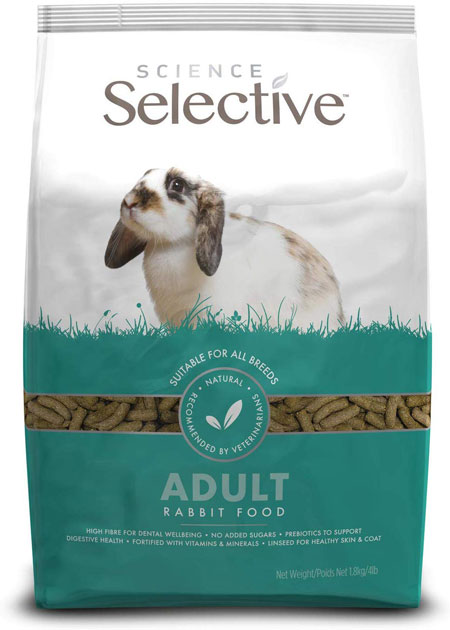
What do Rabbits Eat – Best Foods for Pet Rabbits
It is vitally important that you supply your pet bunny with an abundance of hay every single day. The most common types of hay to feed bunnies include grass, timothy and oat hay. For younger bunnies, you may want to opt for a softer alfalfa hay, though it is important that they switch to other types as they begin to get older.
In order to keep their hay dry and clean, consider putting it into a hay basket. This allows your rabbit to pull down on the hay and munch on it as needed. If you put their hay into a litter tray or bowl, they are likely to use it as their restroom. Rabbits tend to like to use hay to hold their waste, so it is important that you continually check the hay so that you know it is fresh and dry at all times.
Along with hay, it is important that you provide your pet bunny with a bowl of fresh pellets each day. These vitamin and nutrient-rich pellets provide your bunny with the nutrition that they need in addition to the hay that they are eating.
There are many different types of pellets available, and it is important that you follow all feeding instructions to ensure that you’re feeding your bunny properly. Keep these pellets in a clean, dry bowl and change out the food daily. You can feed your bunny treats like green vegetables, carrots and fruits as treats. Try to avoid feeding too many greens to your pet bunny as they could develop diarrhea or “wet bottom” as a result.
Rabbits Behaviour and Creating the Best Living Environment for Your Bunny
Bunnies typically like a lot of room to roam and jump around. This is why you may want to consider allowing your bunny to roam around either the whole house, a pen or one specific room. It is important that you bunny proof the area where they are going to be roaming.
This means getting wires off of the floor and making sure that any trim is protected. Bunnies will chew on virtually any and every object and fabric available to them, so it is best to leave an area bare or only with bunny-safe play items. You might want to consider keeping your pet bunny in a penned area, but one that is tall enough that they cannot jump over it.
When not free roaming, you can keep your rabbit in a large bunny cage. It’s important to have a cage that is big enough for them to hop and jump around. You can provide them with a small hut or house inside of the cage. Your bunny needs a fresh supply of clean water every single day.
Most often, bunny owners find that water bottles attached to the sides of the cage are easy to clean and fill without the worry of having a spill or flood in the cage itself.
How to Pick Up Rabbits and Handle Them
To pick up your pet bunny, you’ll want to put one hand underneath their chest and front legs and one firmly holding their hindquarters. This helps your rabbit feel secure while being held and can help to prevent them from struggling when you are handling them. The more that you handle your rabbit, the less stressed they will be and the more they will be used to being held. This is why it is important to have enough time to handle and play with your bunny each day along with providing them with fresh water and food.
Your pet bunny will be a wonderful addition to your family and can live for many years. With the proper diet and environment as well as the proper veterinary care, your bunny will be healthy and thoroughly happy. Whether you choose to litter train your bunny or allow them to free roam the house, your rabbit can become an integral part of the family.
